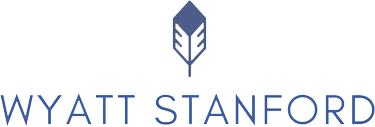 |
| Photo from Pexels |
Our assignment was to piece together a photo story on a PowerPoint slideshow and write cutlines for each photo. The story had to revolve around a campus event. I chose Choctaw Day as my event to use.
This was the first year for Choctaw Day. The Choctaw Nation of Oklahoma and OU Office of University Community sponsored the event, which took place on the South Oval, April 19. The purpose was to connect the OU community with Choctaw culture through cultural activities, such as stickball and social dancing. Since I am one of the few public relations majors in our campus group, Choctaws of OU, I handled the public relations efforts on campus by making flyers, pitching the story to the OU Daily and taking over OU's Snapchat for the day.
The day was a huge success. We received lots of positive feedback, especially on the Snapchat takeover. I took around 600 photos to use in a recap video that I will be putting together for the Choctaws of OU end-of-year banquet.
The first step in completing this assignment was to choose the photos that told the story well. I chose nine, the number needed for completing this assignment. I then put them in the proper sequence and began writing my cutlines, starting with the first sentence in the present tense that describes the action in the photo, followed by subsequent sentences that give context or broaden the story. Since I took so many interesting photos, this was not difficult at all.
I finished the assignment by formatting the slideshow properly and fixing a few issues in the cutlines themselves. I was very pleased with the final product. This skill will be immensely helpful in my future career since PR people are often the ones holding the camera at events. Knowing how to tell a story using photos and cutlines will be crucial.
Writing cutlines has always been something that I feel I'm good at. This assignment gave me the opportunity to continue practicing this valuable skill.
I can't believe the semester is almost over. Only next week and finals week to go...










